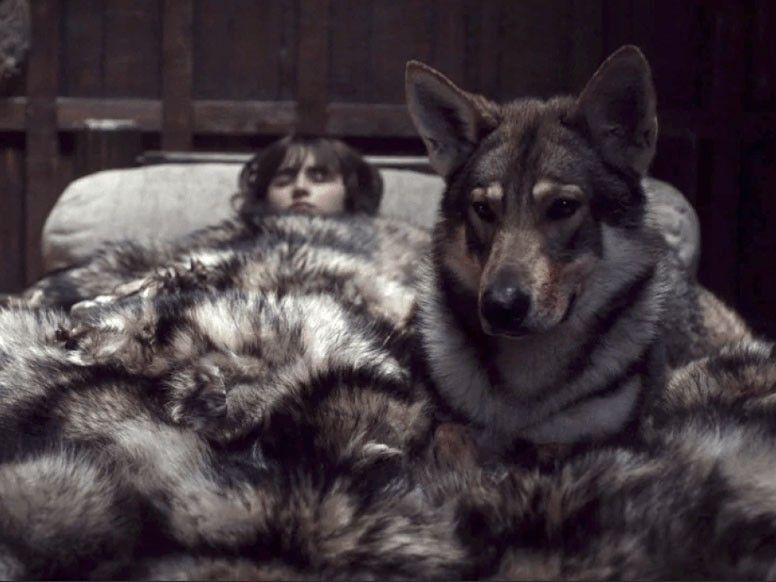'Game of Thrones' dire wolves far apart from other canines — study

PARIS, France — Prehistoric dire wolves made famous by the TV series "Game of Thrones" prowled the Earth for thousands of years before being wiped out at the end of the Ice Age.
Known as Canis dirus -- "fearsome dog" -- they hunted down and feasted on large mammals, so when species such as giant bison went extinct dire wolves lacked prey, contributing to their decline.
But a study published Wednesday in Nature points to another reason the top predators may have died out around 12,000 years ago after lording over the food chain for nearly a quarter of a millennium -- their inability to breed with other wolf species.
Anatomical similarities had led scientists to suggest that grey wolves and dire wolves could be close enough genetically to produce offspring, as did modern humans and Neanderthals.
"Our genetic results show these two species of wolf are much more like distant cousins, like humans and chimpanzees," said co-lead author Kieren Mitchell from Australian Adelaide University.
Mitchell and his team sequenced the DNA from five fossil dire wolf bones ranging from 50,000 to 12,900 years old.
The authors found dire wolves last shared a common ancestor with other wolf-like canines around 5.7 million years ago, also the approximate date for the last common ancestor for chimps and humans.
'Biological barriers'
"When we first started this study we thought that dire wolves were just beefed up grey wolves," said senior author Laurent Frantz from the Ludwig Maximilian University of Munich.
"So we were surprised to learn how extremely genetically different they were."
Dire wolves probably originated in the Americas in geographical isolation from the Ice Age ancestors of grey wolves and coyotes, which evolved in Eurasia and North America, the researchers said.
But dire and grey wolves almost certainly roamed the same territory for the last 20,000 years before dire wolves went extinct, so the lack of interbreeding is a surprise, the researchers said.
"There must have been biological barriers -- lack of interfertility -- or behavioural impediments, such as the offspring not being able to integrate with the pack of a different species," Frantz told AFP by phone.
A lack of interbreeding may have hastened the dire wolf's demise, but the hypothesis remains untested, said co-lead author Alice Mouton, most recently a post-doctoral researcher at the University of California Los Angeles.
"Perhaps the dire wolf's inability to interbreed did not provide necessary new traits that might have allowed them to survive," she said.
Larger and heavier than the modern grey wolf, scientists say they were nonetheless smaller than the fictional dire wolves made famous by the Game of Thrones series.



















